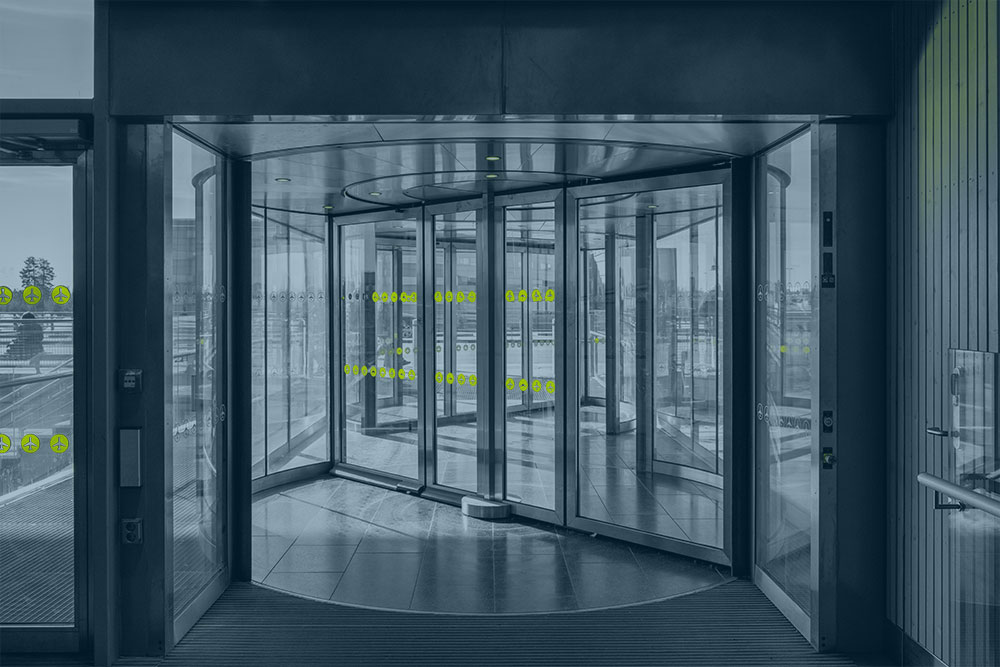Challenges for facility managers who maintain Auto-doors and Roller-doors
Auto-doors and Roller-doors
Auto-doors and Roller-doors can often be the single entry point into a building or the single delivery point. Should these doors become faulty or inactive the building may become usable until they are repaired. This could result in loss of revenue, spoilt deliveries or missed deadlines. This could also have a detrimental effect on an organisations brand and the relationships with key suppliers and customers.
Automatic doors have motor controllers which provide a local alarm when they fail. However more than 90% of systems are not connected to a Building Management System (BMS) or a central monitoring system and therefore reaction times can be impaired.
In addition, specialist technicians are required to visit site to fix the problem which may take several days, thus impacting further to the loss of revenue and reputation.
Lifts and Moving Walkways
Lifts and moving walkways are absolutely critical for the smooth transport of people around a building. In many cases if one or more system becomes inactive the building may cease to be usable.
All systems have motor controllers which will provide a local alarm should the lift or walkway fail. However more than 90% of systems are not connected to a Building Management System (BMS) or a central monitoring system so therefore is reliant on local resource to report the fault.
It is impossible to predict when a motor unit will fail and these systems require specialist technicians (often from the manufacturer) to be called to visit site to fix. This may take several days and may result a period of loss or reduced revenue.



